 Abraham Lincoln
If given the truth, the people can be depended upon to meet any national crisis...
Abraham Lincoln
If given the truth, the people can be depended upon to meet any national crisis...
 Guildford news...
for Guildford people, brought to you by Guildford reporters - Guildford's own news service
Guildford news...
for Guildford people, brought to you by Guildford reporters - Guildford's own news service
Birdwatcher’s Diary No.58
Published on: 31 Mar, 2014
Updated on: 31 Mar, 2014
By Malcolm Fincham
Towards the end of March, I took a couple of trips on consecutive weekends to Farlington Marshes in Hampshire – a coastal location I have written about previously.
With temperatures touching 20c and a real spring-like feel in the air on Sunday, March 16, I was feeling optimistic at catching at least one of the few reported sightings of summer migrant birds, including wheatears and sand martins.
On my arrival I caught sight of a skylark high above the marshes singing its iconic song: ‘Hark! hark! the lark at heaven’s gate sings’, to steal the lines from a Shakespearean poem. This only added to what turned out to be false hopes of seeing my first summer bird of the year.
There were fewer brent geese than on my previous visit back in January. The ones that remained were looking noticeably restless, preparing to make their 2,500-mile journey back to their breeding grounds in sub-Arctic regions of Siberia.
Although shelduck seemed to be in good numbers, there were just a few teal, wigeon and shoveler.
On my second visit there was a noticeable seasonal change, despite the weather having cooled down considerably. There was a cutting north-westerly breeze blowing, and although still without the fortune of catching sight of any summer summer arrivals, our winter visitors were thinning out considerably with no sign of the brent geese at all.
One bird I was pleased to get a rare sighting of on my second visit was the elusive Cetti’s warbler – a bird far more often heard than seen as it skulks deep within hedgerows singing in its alarming call.
It is one of only a few warblers that overwinter in the UK and only in most southerly regions, being more commonly adapted to Mediterranean climates.
One of the most noticeable changes I have seen around Guildford during the past few weeks has been the sound of the nuthatch. It can be heard above most other species, tuning up for spring with its distinctive ‘wolf whistle’ type call, heard mainly while I’ve been walking through deciduous woodland areas.
Click to listen to a nuthatch. These birds can often be heard high in an oak tree, but not so easy to spot apart from those occasions when tempted down on to a bird feeder.
At Stoke Lake a pair of great crested grebes can now be seen in full breeding plumage.
And although not doing their full ritual of passing pond weed to each other – they did entertain me for a while in doing their famous courtship dance. Click to view a You Tube clip.
My long time friend Steve, now living in Scotland and now heading his own birdwatching safaris there, came to visit. Not having had the opportunity to see a great grey shrike for a few years, he set me up on a quest to find him the one still wintering on Thursley Common, with the hope it hadn’t already returned to its summer breeding grounds in Eastern Europe .
With the addition of Joe, another wildlife enthusiast, we made our way in a clockwise direction around ‘Shrike Hill’. As we walked our eyes looked skyward following the jip, jip, jip sound of a group of common crossbills. We counted 11 crossbills as they headed in the direction of a group of tall pines.
Although settling high up in the trees, I was rather pleased to see them start feeding on the pine cones, giving me the chance to get a few distant record shots.
In a smaller group of pines I took some pictures of some lesser redpolls as they also stopped off for a feed.
Also to add to the day list, and in full spring-time song, we had a good view of a woodlark – a close relative to the skylark and in my view with an even more melodic song. Click here to view.
I even managed to get close enough to take, in my opinion, some reasonable pictures.
Having walked a compete circuit around ‘Shrike Hill’ and about to call it a day, I did one last scan across the heathland.
At some distance I finally managed to pick out the great grey shrike sitting in a familiar pose on top of a dead silver birch stump.
Keeping to the footpath, we were able to get some much closer views and I was able to take some more rather interesting shots to add to my collection.
And finally, returning to the words of William Shakespeare (well sort of): ‘Two barred or not two barred? That is the question.’ Or at least it has been in the more dedicated world of birdwatching.
I am of course referring to the putative adult male two-barred crossbill, spotted by birdwatchers on many occasions in the last few weeks on Farnham Heath RSPB reserve.
There are several different species of crossbill, all with mandibles that cross at the tip.
These have evolved so the birds can eat seeds from pine cones.
Although on my two recent visits I have not had the fortune of seeing it, I find it interesting that most experts are not convinced, and on closer observations now believe it to be a common crossbill with wing bars!
For more information, click here.
I was especially grateful to Bob Smith who did far better thanme, and not only managed to view it but also sent me a picture he took on his bridge camera while on a visit he made.

Click on cartoon for Dragon story: Public Asked for Views on SCC’s Proposal for Reduced Speed Limits


Recent Articles
- What a Shambles!
- Online Event Will ‘Help Residents Have Their Say On Local Government Reorganisation’
- Letter: We Need More Suitable, Smaller Homes To Encourage Downsizing
- Motorcyclist Arrested After Police Chase
- Notice: GTA German Filmfest – July 2
- Letter: We Need More Yellow Boxes and Enforcement
- Notice: What’s On in July at Guildford Cathedral
- Greenfield, Greenbelt Site Deemed ‘Greybelt’ by Planning Inspector
- Letter: WBC’s CIL Recommendations Are Too Little, Too Late
- Letter: Yellow Box Fines Are Just a Money-raising Opportunity for SCC


Search in Site
Media Gallery
Dragon Interview: Local Artist Leaves Her Mark At One of England’s Most Historic Buildings
January 21, 2023 / No Comment / Read MoreDragon Interview: Lib Dem Planning Chair: ‘Current Policy Doesn’t Work for Local People’
January 19, 2023 / No Comment / Read MoreA3 Tunnel in Guildford ‘Necessary’ for New Homes, Says Guildford’s MP
January 10, 2023 / No Comment / Read More‘Madness’ for London Road Scheme to Go Ahead Against ‘Huge Opposition’, Says SCC Leader
January 6, 2023 / No Comment / Read MoreCouncillor’s Son Starts Campaign for More Consultation on North Street Plan
December 30, 2022 / No Comment / Read MoreCounty Council Climbs Down Over London Road Works – Further ‘Engagement’ Period Announced
December 14, 2022 / No Comment / Read MoreDragon Interview: GBC Reaction to the Government’s Expected Decision to Relax Housing Targets
December 7, 2022 / No Comment / Read MoreHow Can Our Town Centre Businesses Recover? Watch the Shop Front Debate
May 18, 2020 / No Comment / Read More



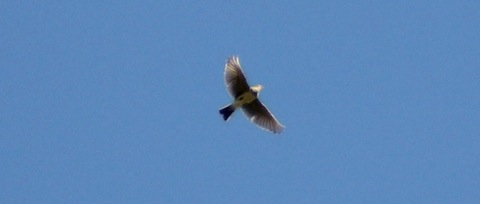


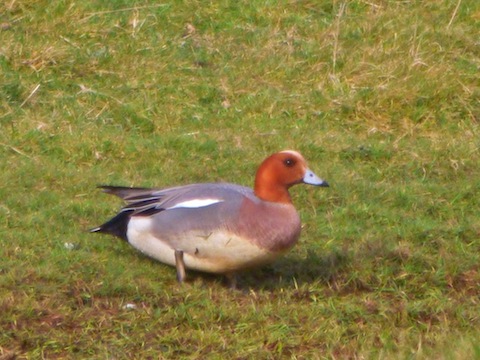
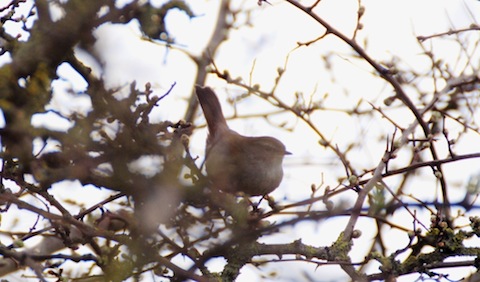
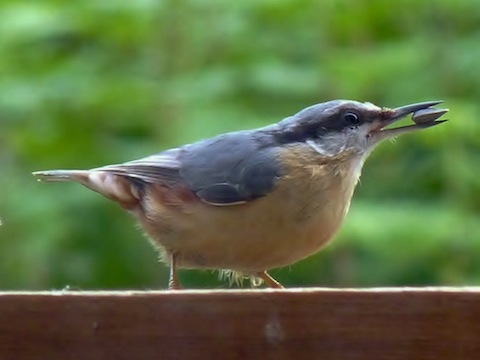
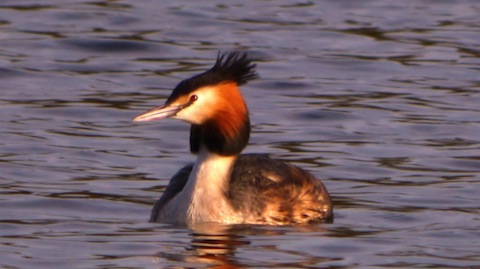
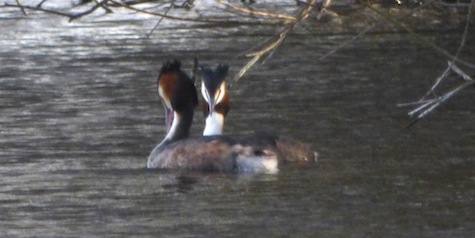

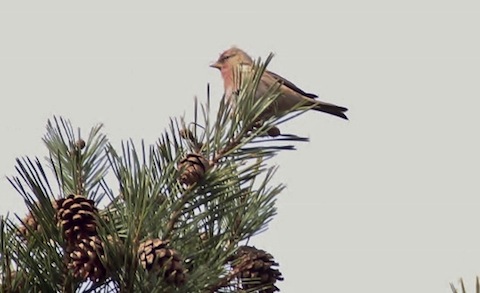
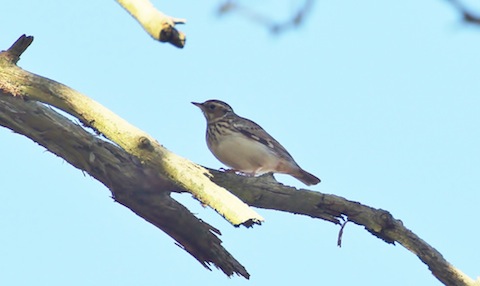

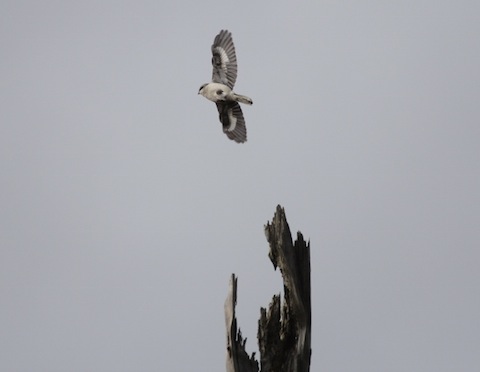
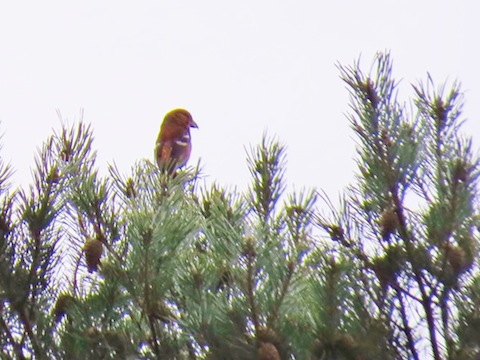



Recent Comments